|
Tokyo is a huge city. When factoring in population density and land area, it is one of the largest cities in the world. Seeing all of Tokyo in one trip to Japan is an unreasonable expectation. It is important to narrow down activity options and think about what are the highest priorities for you. Making a short list will help guide you as to what area of Tokyo is the best fit for you. Follow the Narita Express One of the easiest ways to decide where to stay in Tokyo is to pick a stop along the Narita Express (NEX). The express train from Narita Airport drops passengers off at major areas of Tokyo including Shibuya, Shinjuku, Tokyo Station, Ikebukuro, and Yokohama. There are plenty of lodging options around these stations. Getting back on the NEX to take a flight out of Tokyo is also convenient when staying near a station on the NEX route. Stay Along the Yamanote Line One of the best JR Rail transportation options is the Yamanote Line that runs in a full circle around Tokyo. This line stops at over 20 different destinations including some of the biggest tourism areas. Staying near the line simplifies navigating the complex transportation network of Tokyo. You can easily access the Yamanote Line by stopping at Tokyo Station after riding the NEX from Narita Airport. Pick a Neighborhood to Explore There are a few neighborhoods that cater to nightlife, shopping, and other interests for tourists. Do you want to experience a bar scene and some night life? Shinjuku or Roppongi may be of interest to you. If shopping is a high priority, then you may be interested in the Ginza area. There are certainly benefits to staying in a particular place such as saving travel time and close proximity for carrying shopping bags. Other things to consider when choosing a location to stay is price, amenities, and even how many people are traveling with you. Also note that public transportation does not run all night long and taxis are expensive. Picking an area to make your home base can enhance your experience and allow time for more of your favorite activities. Happy New Year everyone. I hope you had a nice holiday. I have combined the four part travel guide into an easy to navigate page on the website. If you have any questions or feedback on the guide, please let me know. I hope the guide is helpful for your next trip to Japan.
Day 9: Saturday 9 am X/X/2017 It is time to make your way back to Tokyo. Take a Shinkansen to Shin-Osaka Station and transfer lines to Tokyo Station. The ride back is a bit long, but should allow enough time to enjoy Tokyo for the afternoon and evening. Try staying in a different neighborhood than the first leg of the journey. If you did not stay in Shibuya or Shinjuku, they are fun areas that have stops along the NEX Express back to Narita Airport. Check into your lodging location and enjoy the sights and sounds of a new area of Tokyo. You can try getting tickets to a Giants baseball game, visit one of the many history and art museums, or shop along Takeshita Street in Harajuku. Try to plan for one last sushi, ramen, or your favorite dish as a final night farewell. Day 10: Sunday X/X/2017
Depending on your flight home from Narita Airport, you may have an opportunity to use the luggage storage at your lodging location or a storage locker. Yoyogi Park is a great place for a morning stroll if you are near Shibuya or the Imperial Palace East Gardens near Tokyo Station (closed Mondays and Fridays). If you are staying near the NEX Express stop at Shibuya or Shinjuku, expect an hour train ride back to Narita Airport. Tokyo Station's NEX Express stop is a bit closer. Once you arrive at Narita Airport, be sure to drop off any cell phone or wireless hotspot rentals in a red mailbox or at the post office located in your departing terminal. Once through the checkpoints, there is a final opportunity to purchase gifts and souvenirs at one of the duty-free shops. Know the rules about bringing purchased duty-free alcohol on planes if you have connecting flights after leaving Japan. Also, there is a currency exchange booth after the checkpoint if you want to convert your remaining Yen. Grab snacks and drinks for the flight home and say goodbye to Japan for now. Day 7: Thursday 9 am X/X/2017 Head out on an early Shinkansen to Hiroshima. You will have to transfer trains at Shin-Osaka Station. Hopefully you will arrive around noon and store your luggage in one of the storage lockers. Start your afternoon with a journey to the Hiroshima Peace Memorial Museum. A bus ride should get you very close. Definitely visit the Atomic Bomb Dome before or after visiting the museum. There are a few other sites around the Peace Memorial Park if you have time to explore. Try to see either the Hiroshima Castle or the Hiroshima Botanical Garden as well. Depending on your arrival time to Hiroshima, you could potentially do all three in a day. When you have finished sightseeing, make your way back to the luggage store and then onward to your lodging destination. Depending on the time of the year, you may want to get tickets for a local professional baseball game in the afternoon or evening. Check the Toyo Carp website for game dates and times. You can buy tickets at Lawson, Seven-Eleven, or Family Marts across Japan. Ask an employee to assist you. Day 8: Friday 8 am X/X/2017
Today you will head to Miyajima Island for the day. It is famous for wild deer, a popular shrine, and one of the most beautiful views in Japan. There is a ton to see and do for a day trip. You will take the JR Sanyo Line to Miyajimaguchi Station and then walk to the port and catch a ferry. If you have an active JR Pass, the JR ferry is free of charge each way. Be mindful the times that the ferry runs later in the day and evening. When you reach the island, heading east along the strip of hotels, restaurants, and shops will take you to Itsukushima Shrine. Visiting the shrine at high tide is ideal to see the floating torii gate. The Daisho-in Temple is worth a stop while exploring the area. There is a public aquarium nearby as well. If you enjoy hiking or nature, Mt. Misen on Miyajima Island offers a couple options. You can go on one of the many walking trails along the base of the mountain. A popular attraction is to take the gondola ride up the mountain and hike the remaining way to the summit. Be aware that the stone steps are narrow and steep. There is a rest area along with a few temples and shrines on the mountain. Plan for at least three to four hours to visit the summit and back down to the main village area. If you enjoy seafood, be sure to try some of the large local oysters and other food offerings. Catch the ferry back to Hiroshima and watch the sunset over the water. Enjoy your final night in Hiroshima as you will make a return trip to Tokyo in the morning. |
Follow Me
on Instagram @card_knock_life Categories
All
Archives
February 2024
This website contains affiliate links to TCGPlayer
|
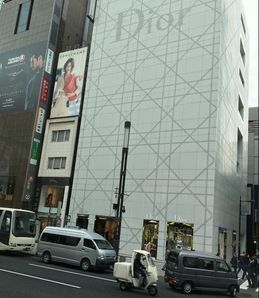
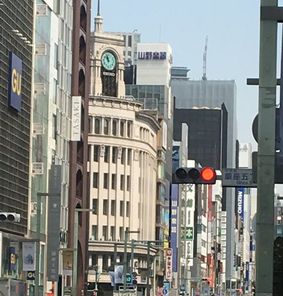
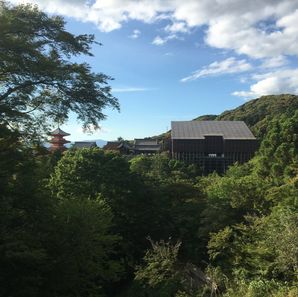
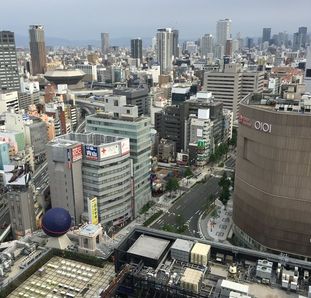
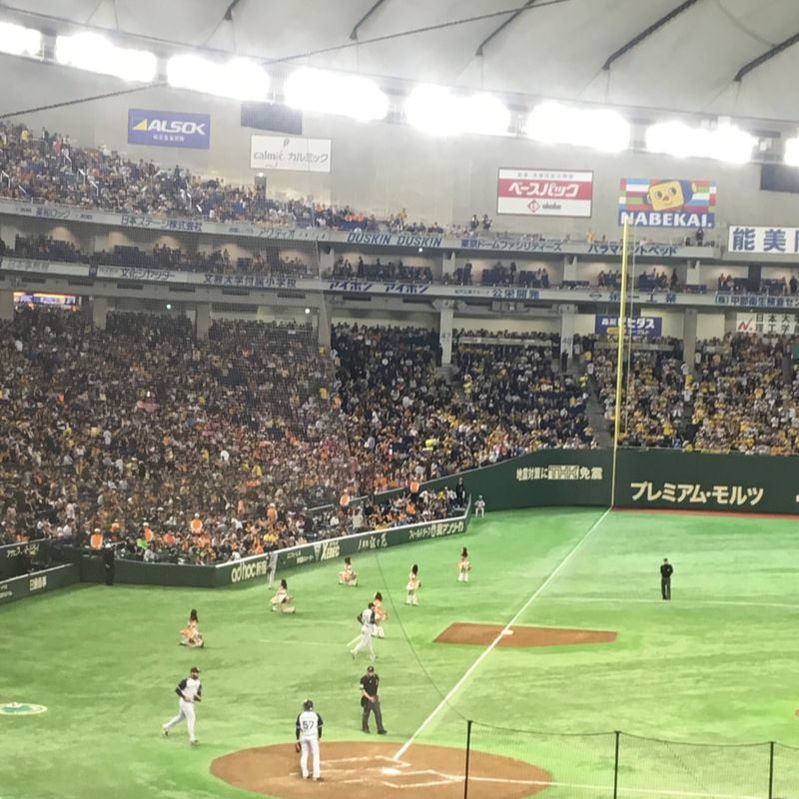
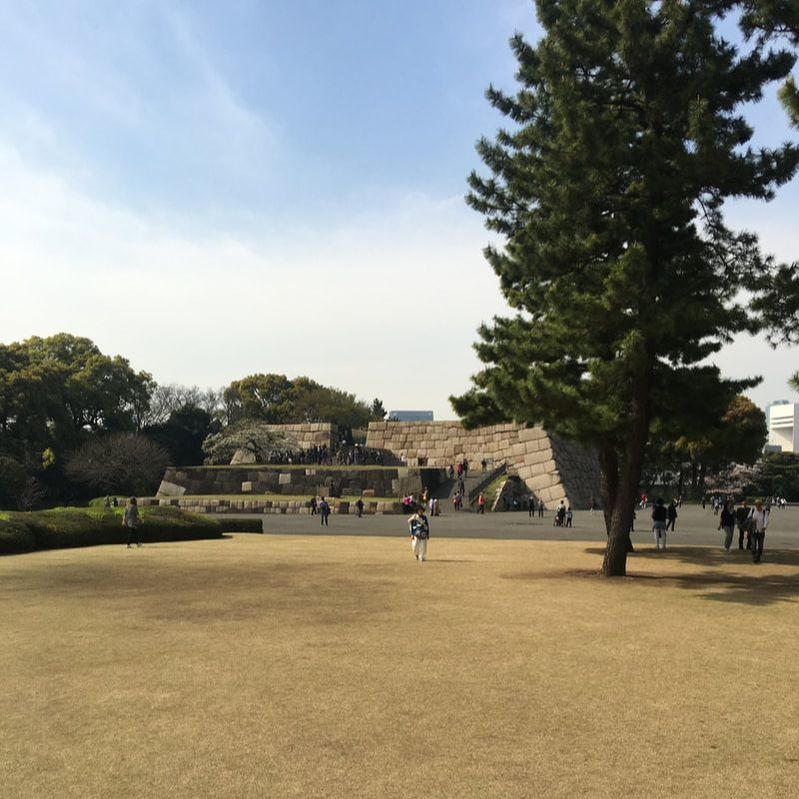
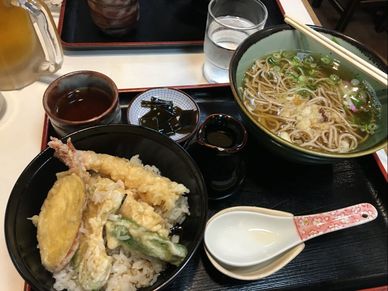
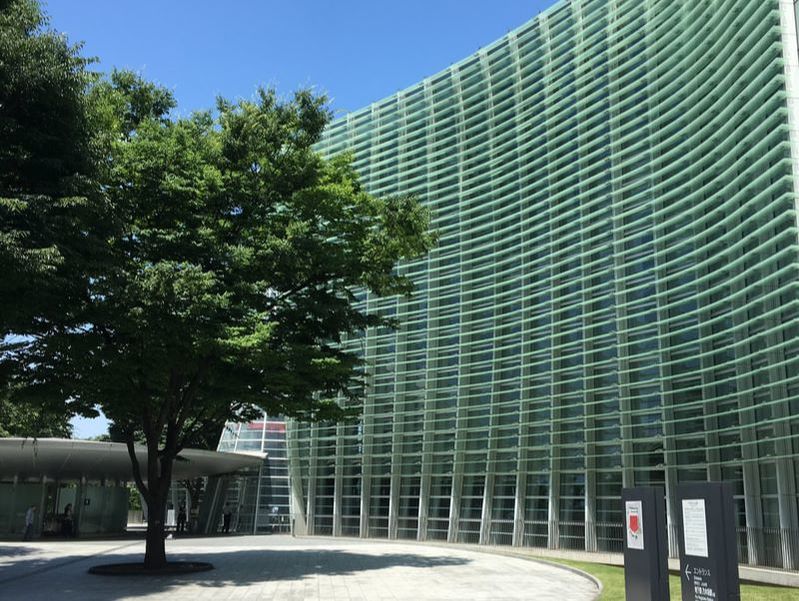
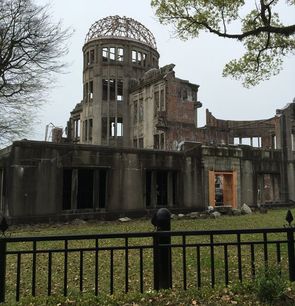
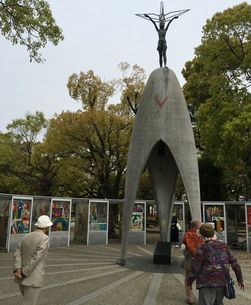
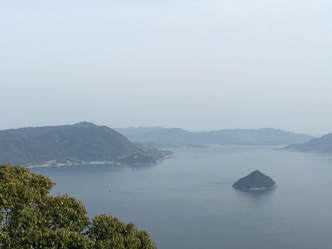
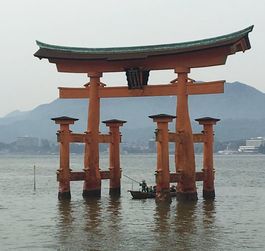
 RSS Feed
RSS Feed
